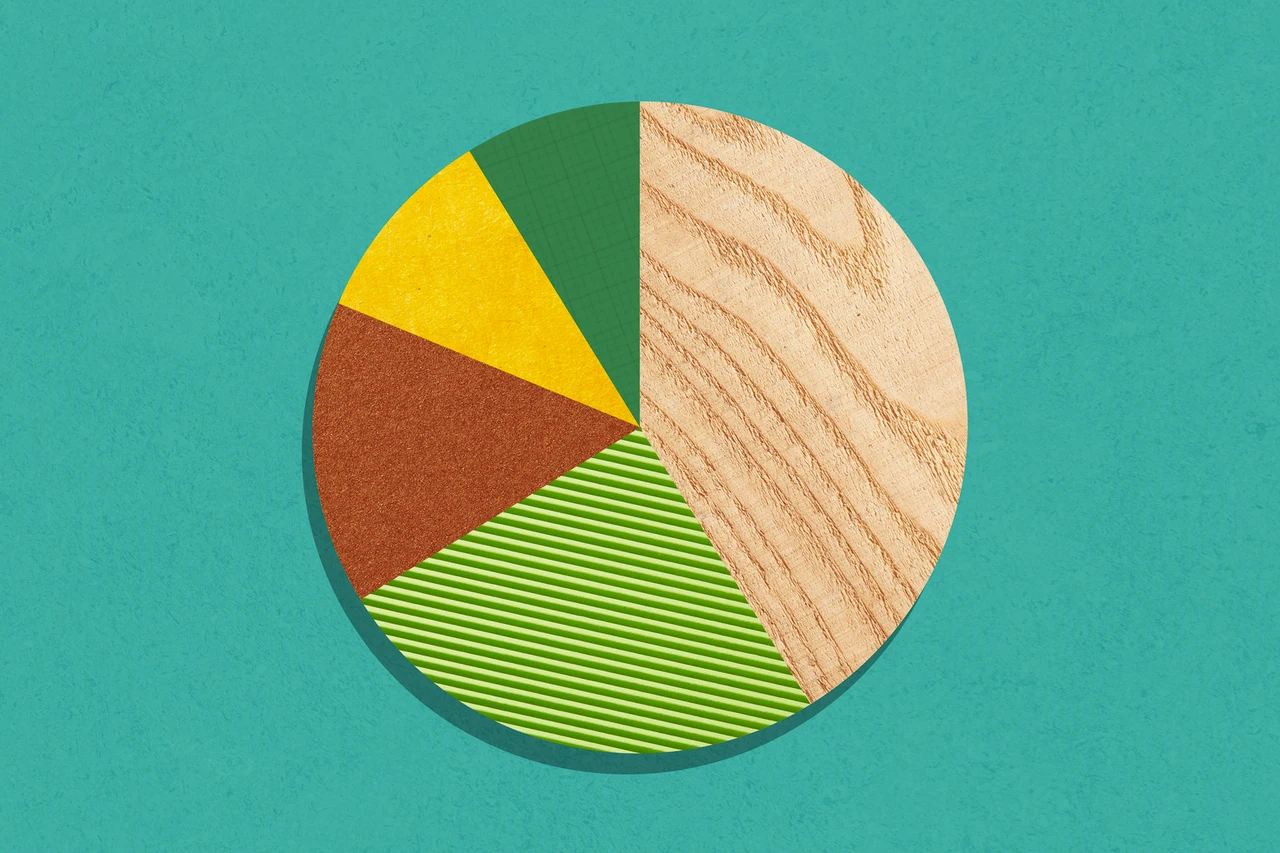In an interesting shift in group dynamics, some friends are using shared bank accounts as a way to stay more connected—financially and emotionally. These arrangements, often established for specific purposes like travel, gifts, or ongoing shared expenses, are becoming more popular among tight-knit friend groups who want to simplify money matters and strengthen trust.
Why Friends Are Doing This
- Simplifying Shared Expense Tracking: When trips, group gifts, or even recurring shared costs are involved, calculating who owes what can get complicated. A joint or shared account lets everyone contribute to a pool, and bills or costs get paid from that account, reducing stress over settling up.
- Enhancing Transparency and Fairness: Everyone sees what’s going in and coming out, which helps avoid misunderstandings. Friends say this sees them arguing less about money, reducing friction that can harm a relationship.
- Deeper Emotional Connection: Handling money together can feel like a commitment. The act of contributing regularly or planning together gives a sense of shared purpose—as if finances are just another way to invest in the friendship.
How It Usually Works
- A group agrees on a purpose: travel fund, shared hobby, rotating gift contributions, or regular group dinners.
- Everyone in the group contributes periodically (weekly, monthly, or per event). The amount could be equal or based on what each can afford.
- One or more people manage the account—checking balances, making payments, keeping track of receipts. Some groups keep things relaxed; others more organized, with clear rules to avoid confusion.
- Decisions are made together: what qualifies as an expense from the pool, how refunds or unspent funds are handled, and who will cover shortfalls if someone can’t contribute in a given period.
Potential Pitfalls & How to Avoid Them
While shared accounts offer advantages, they’re not risk-free. To protect relationships and money:
- Set clear expectations up front: Agree on rules, contribution frequency, usage, conditions when someone can’t pay, etc.
- Keep good records: Receipts, statements, and simple logs of what is used for what help keep trust intact.
- Understand the legal/financial risks: Shared or joint accounts often mean shared liability. If someone overdrafts or misuses the account, everyone may suffer. Choosing among joint accounts versus group wallets or apps matters.
- Have exit strategies: If the shared purpose ends (trip over, gift scheme ends, etc.), decide in advance how to split remaining funds or close the account.
Real-Life Examples
Some groups have done this to fund travel: pooling money for flights, lodging, or shared experiences so that no one is caught off guard by big lump sums. Others use it for smaller recurring costs—like buying gifts for milestones, paying for shared subscriptions, or supporting collective hobbies.
In many cases, the emotional payoff seems to be almost as important as the financial payoff. Participants report that the process of organizing, contributing, and using shared funds makes them feel more invested in each other’s lives—less like roommates splitting rent or bills, and more like partners in shared experiences.
Why This Trend Matters
- It points to evolving concepts of friendship and financial intimacy—people are willing to open up not just about feelings, but about money.
- It reflects a broader movement toward collaborative consumption and shared financial structures—where trust plays a central role.
- For financial services and fintech, this may open up new product opportunities: secure group wallets, shared expense management tools, specialized joint account features designed for friends rather than families.
Bottom Line
Shared bank accounts among friends are more than a cute idea—they’re a tool. A way to ease friction, coordinate spending, build trust, and pull together toward common goals. When done with care and clear communication, they can deepen friendships rather than complicate them.
















Leave a Reply